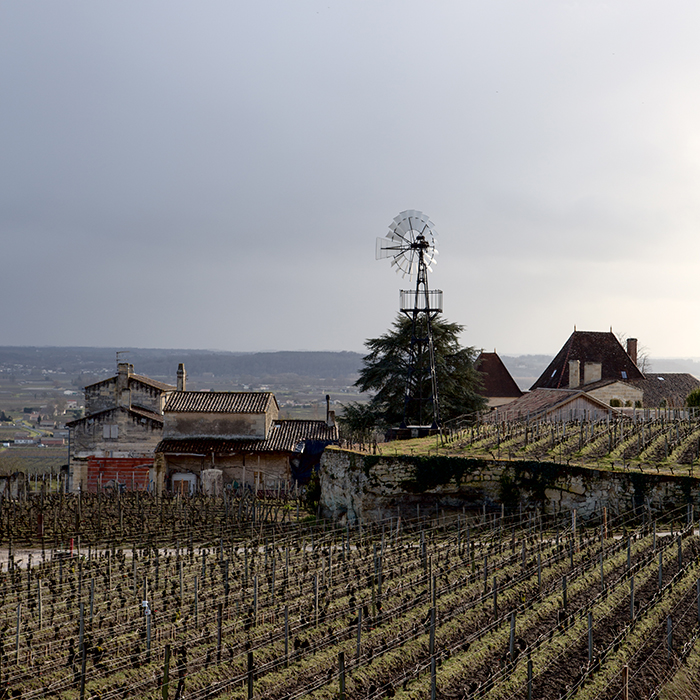What to drink in 2020: Bordeaux
Author: Tom Cave

At last, with 2020, we have a year that trips off the tongue. Let’s hope it’s a good one for drinking fine Bordeaux and indeed a good year for everything else life brings.
Two score years behind it and 2000 shines on, living proof of the useful adage that Claret takes 10 year to mature, drinks for 10 then gradually declines for ten. In fact, many ‘00s are thriving still and while it had its hype and doubters, it has in fact proved a worthy success. The 2001 vintage skips along too, it’s always had appeal and remains a go-to year for charming drinking though they won’t (to use another wine-trade maxim) “make old bones”.
The 2002s hang in there though they aren’t improving; the wise would press on if they haven’t already. Wines from 2003, as last year’s review showed, have their admirers and that is all fine. That summer’s heat was too much for most winemaking then, though maybe it was a vintage ahead of its time – we’ll get more recurrent “scorchio” summers and winemakers are already adapting to make the most of these.
I have found the 2004s’ characteristic hint of greenness a little too prominent in recent bottles. I’m inclined to press on with them; that un-ripeness is not going to ease.
The heart lifts with 2005, to taste these from cask remains a high point of my career. Be bold though, they aren’t aggressive, they have plenty of potential to come, but open and enjoy some now. Your Crus Bourgeois should be well behind you, but get stuck into any Fifth or Fourth Growths with gusto.
There’s no need to see 2006 as pedestrian any longer. Dark-fruited with easy tannins, they have honest appeal and make rewarding drinking. The 2007s have a character of their own; it’s a light vintage you’ll be unlikely to see much of, but if you haven’t drunk them by now then you probably should.
The 2008 vintage has become a little more cheerful; there’s more to come from these, though they won’t ever be superstars. They have a generosity of fruit if not the depth nor application that makes great Bordeaux.
The 2009s have the appeal now, if 2010s have the hauteur of classic Claret. For me, 2009s envelop and satisfy, though 2010 has more of that wonderful “crunch”, as Michael Broadbent calls it, which is what makes the wines of Bordeaux so eminently suited to drinking with food. Top-tier aside, press on with 2009, but don’t be scared to try a lesser 2010 now too.
The 2011 vintage is perhaps a little shy, in relation to its peers. We’ll see, there’s no evidence of needing to hurry with them; they just seem a little reticent at the moment. The 2012s have a laidback charm to them – it’s a good vintage for honest, straightforward enjoyment. There’s less allure with 2013, best press on with these and get them behind you.
More upbeat, 2014 is shaping up very amenably. Wines of wonderful balance, the fruit to tannin ratio is all in good order and hints at earlier drinking. We like these.
The 2015 and 2016 vintage will be another head-to-head like ’09 v ’10: 2015s have great quality, though for me 2016s have the class and wonderful density that makes a great Bordeaux vintage. I’d urge you to add a few more if you’re light on them.
The 2017s will have their role in a few years’ time as a vintage to drink sooner than later. The 2018 vintage was sunny and even lush, perhaps a herald of Bordeaux to come?
The Bordeaux region still provides us with the most remarkable wines. We no longer have “poor vintages”; the much-improved knowledge of growers as well as advances in technology mean they can make a good wine every year – and, even better, they don’t need keeping as long.
Please note that this update is focused on wines built for ageing, namely the Crus Classés.
Browse our range of Bordeaux on bbr.com, and keep an eye out for updates on the vintages of Burgundy and Port to drink this year.


